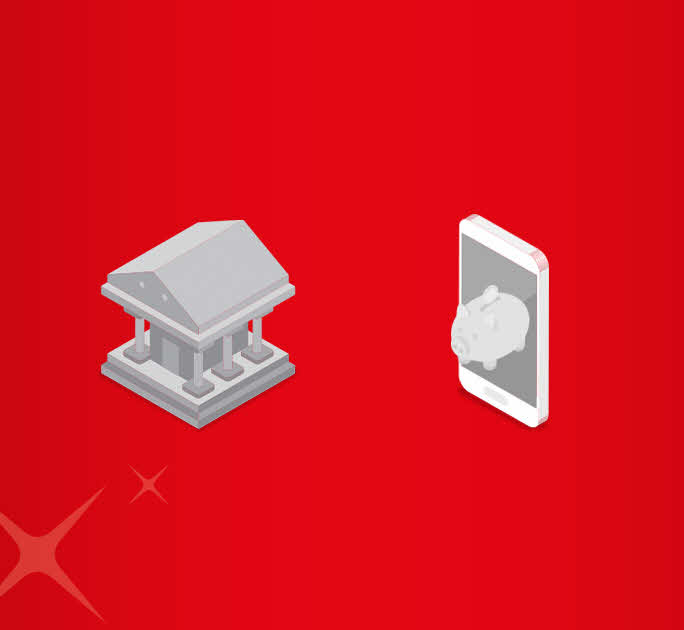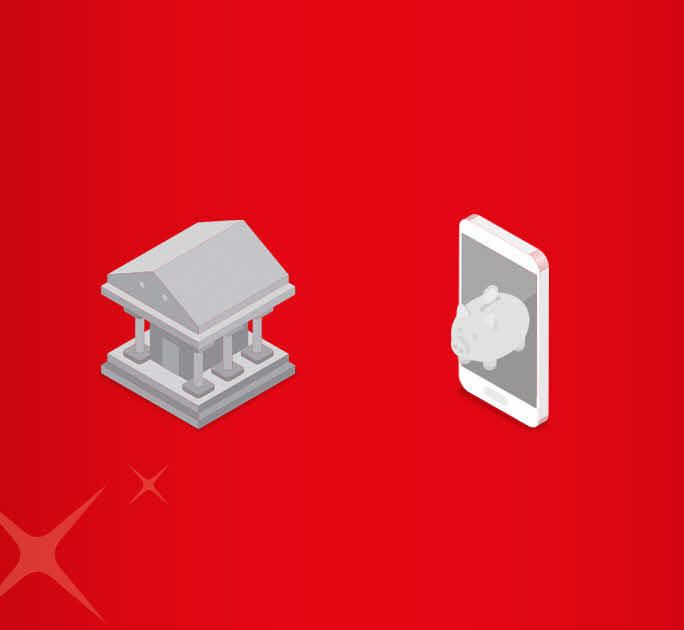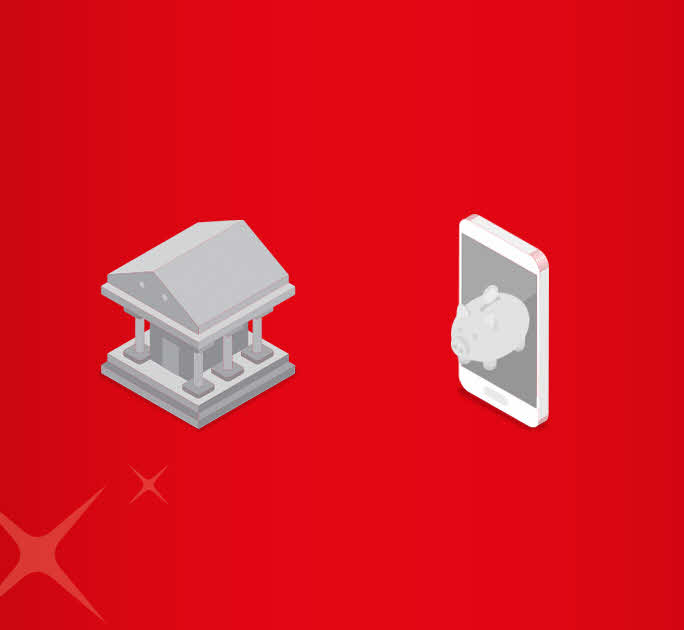- Save
- Invest
- Borrow
- Pay
- More
- Customer Services

What is NEFT and How does it Work?
Key Takeaways
- Through NEFT, you can initiate domestic fund transfers at any time.
- You can conduct NEFT transactions online and offline.
- There is no transaction limit; however, banks may impose a limit.
- NEFT can be used to pay credit card bills, loans, EMIs, and more.
- Online NEFT transactions are free of charge.
NEFT - The Simplified Domestic Fund Transfer Process
NEFT is an abbreviation for National Electronic Funds Transfer. It is a mode of money transfer that enables one-to-one payments within India. NEFT is owned, operated, and developed by the country’s central bank and regulatory body - The Reserve Bank of India. Through this facility, you can transfer money from one account to another. You may initiate transfers between two bank accounts you own or from your account to others’ accounts in different banks. However, you can make this type of transaction only if your bank is NEFT-enabled.
How does NEFT work?
NEFT is a secured, efficient, and reliable mode of domestic fund transfers. To use NEFT, account holders must first set up the beneficiary details, including their name, contact information, bank name, branch, account number, and IFSC code. It typically takes five minutes to set up beneficiary details, and you can initiate the fund transfer 30 minutes later. Moreover, the beneficiary receives the funds in their account within a few minutes to a couple of hours.
Is there a Timing for NEFT Transactions?
Earlier, when RBI introduced NEFT, there were time slots for clearance. However, the RBI changed the rules in December 2019, and you can now transfer money using NEFT - 24/7, throughout the year, including bank and public holidays.
Banks clear funds transferred through NEFT on a half-hour basis, which means the receiver will get the funds after half an hour from the time you initiate the transaction.
Is there a Limit on Fund Transfers?
RBI has not imposed any upper or lower limit for fund transfers through NEFT. However, banks could set their own upper limits on daily transaction limits. It is advisable to check with your bank for details on any restrictions or limits applicable to NEFT transactions.
NEFT Transaction Charges
There are no charges for NEFT transactions done via internet banking or mobile banking apps. However, if you choose to conduct NEFT transactions at bank branches, your bank may levy a nominal charge based on the transfer amount.
Download digibank by DBS to send money to your loved ones with ease and complete confidence.
Are there Provisions for International NEFT Transactions?
NEFT transactions are permitted only within Indian borders, with the rare exception of Nepal. If you have family, friends, or business associates in Nepal, you can transfer money via NEFT. Nepalese beneficiaries can receive the fund transfer even if they do not have a bank account with a bank in Nepal.
Advantages of NEFT
Now that it is clear what NEFT means let us look at some of its advantages.
- Wide Reach: Transfer funds between accounts at any NEFT-enabled bank within India.
- 24/7 Availability: NEFT is accessible at any time, all year round, including holidays.
- Fast Transfers: Funds are securely transferred within half an hour.
- Transaction Confirmation: Receive SMS and email confirmations for your transactions.
- Zero Online Charges: Online NEFT transactions incur no fees.
- Paperless Transactions: No need for cheques or demand drafts.
- Convenience: Send money without visiting a bank branch.
- Versatility: Pay credit card bills, loans, EMIs, and utility bills via NEFT.
Steps to Transfer Funds via NEFT
- Log In: Access your internet banking account via your laptop or mobile app.
- Select NEFT: Navigate to the ‘Fund Transfer’ section and choose ‘NEFT’.
- Add or Select Beneficiary: Choose an existing beneficiary or click ‘Add Beneficiary’. Enter the beneficiary’s details, including their account number, bank name, branch, IFSC code, name, and mobile number. Note that newly added beneficiaries require a 30-minute waiting period before you can initiate a transaction.
- Verify Details: Confirm the beneficiary’s details—name, account number, and mobile number (for SMS notifications).
- Complete Transaction: Enter the OTP sent to your Registered Mobile Number (RMN) to finalise the transaction.
- Receive Confirmation: Both you and your beneficiary will receive SMS notifications confirming the transaction.
You can utilise NEFT at any time now that you understand what it is, how it works, the benefits it provides, and how to initiate transactions. With NEFT, you can transfer money online quickly, easily, and conveniently without having to go to a bank.
Start enjoying seamless money transfers with DBS Bank. Download the app now to send money to your family from anywhere and open your savings account with us today!










